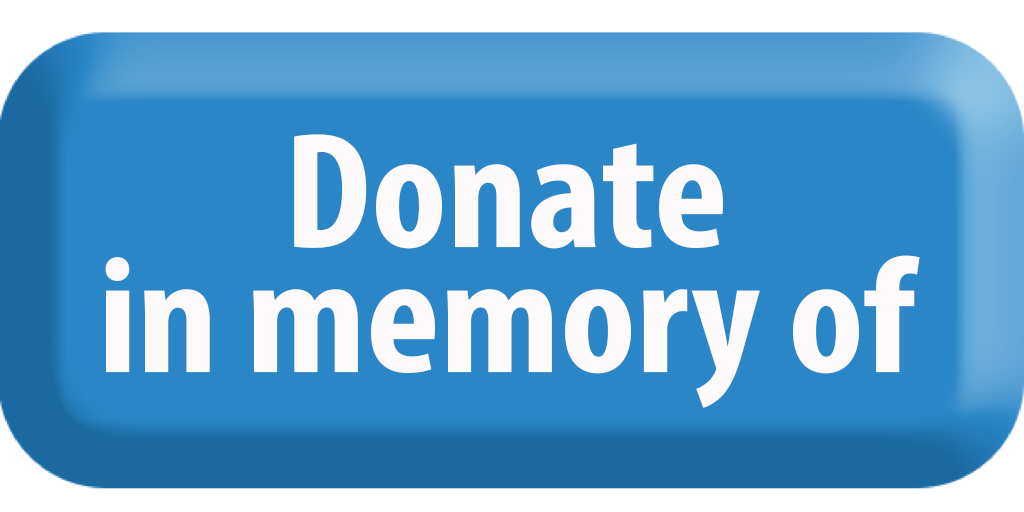Dear Hope Nation,
Hope continues.
Hope floats.
Hope thrives.
Hope is, with apologies to Dylan Thomas, the force that through the fuse drives the flower.
The Hope building, though, is closed for now due to the recent increase in COVID-19 cases, hospitalizations and deaths. Hope is not a building. Hope is the connection we have with each other, the communication we share and the love that binds us. Hope will continue through the phone, the computer, the tablet and the Hope building will reopen as soon as it’s safe to do so.
I’m not by nature an alarmist. Although I’m not a Buddhist or Taoist, I favor the Middle Way or Middle Path in all things, trying to avoid extremes in either direction. Because my hair has never been on fire, I try, especially in writing, not to strike alarmist or extremist tones. Given this, I’m not going to overstate the concern Hope feels about the recent increase in COVID-19 cases, hospitalizations and death. Instead, I’ll let this chart present the case:
| May 2 | July 2 | Sept. 2 | Dec. 2 | |
| NEW COVID cases in NH | 121 | 21 | 15 | 566 |
| New in Manchester | 27 | 3 | 1 | 64 |
| Deaths in NH | 3 | 2 | 0 | 9 |
| Hospitalized in NH | 103 | 31 | 9 | 162 |

Near the height (depth?) of the pandemic, back on May 2, Hope had been closed for six weeks. That day, New Hampshire saw 121 new COVID cases. By July 2, when Hope was planning its reopening, that number had been reduced by about 83%, to 21. On September 2, when things truly felt like “normal” was in sight, New Hampshire showed a further decrease of about 29%, to 15.
December 2, the day Hope decided to stop in-person work, the number of new COVID cases was 566, an increase of 3,673%. Put another way, for every new case on September 2, we now have almost 37 new cases now.
The numbers are almost as stark in examining new cases in Manchester, deaths and hospitalized statewide. The pandemic’s high-water mark of early May has now been submerged, and none of us know when we will see reductions in numbers again.
Many (most?) (nearly all) people in early recovery have underlying medical conditions that put us at risk for more COVID complications than the general public. From infected abscesses that were bloody but now seem fine to the results of willful malnutrition to the battering we’ve done to our kidneys, livers and other organs through regular introduction of poisons into our bodies, most of us treated our bodies not as temples or even amusement parks but as toxic waste dumps.
All of us who work at Hope are in recovery ourselves. During our active use we were no different than any other user, and we came into recovery having done the same damage as anyone else. On a brighter note, some of us who work here are still alive despite our best efforts, and it’s age that passed us into concern.
No matter how any of us may have gotten here, we are at risk, and we can’t die if we want to continue seeing what’s around the next corner or what that next burger will taste like. Life is necessary if we are to scratch those curiosity itches, and it’s out of this desire and reverence for life that we’ve chosen to return to virtual support.
The future is a big place, and we want to see it after this latest increase has become a memory.
You matter. I matter. We matter.
Keith



